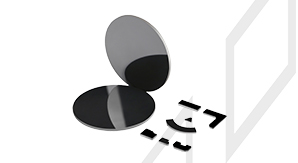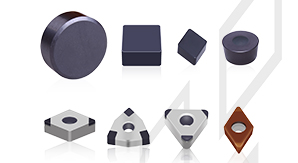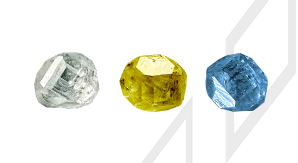1.Cast iron
1.1Gray cast iron
It mainly refers to the pearlite gray cast iron whose fracture is gray and the content of ferrite in the matrix is less than 5%.
1.2Chilled cast iron and high hardness alloy cast iron, cast steel, forged steel
It mainly refers to the cast iron with a certain amount of chromium, nickel and other alloy elements and high hardness, which is commonly used in rolls, including cast iron rolls, cast steel rolls, forged steel rolls and semi-steel rolls.
1.3White cast iron
It mainly refer to the silver-white fracture, the matrix contains more free cementite, with high hardness (generally above HB500), but it is brittle, which is mostly used as anti-wear parts, such as farm tools, grinding balls, coal mill parts, shot blasting machine inserts, mud pump parts, cast sand pipes and the outer surface of cold rolls, etc.
1.4Wear resistant alloy cast iron
It mainly refers to the wear-resistant alloy cast iron containing manganese (Mn), phosphorus (P), boron (B), molybdenum (Mo), chromium (Cr), titanium ((Ti), copper (Cu) and so on. At present, manganese alloy ductile iron, phosphorus alloy cast iron and chromium-copper-molybdenum alloy cast iron are widely used in automobile, tractor and machine tool manufacturing industries.
1.5Nodular cast iron
It is mainly high-grade nodular cast iron with spherical graphite in matrix structure and pearlite or tempered structure, such as QT700, QT800, QT900 and so on.
2.Quenched steel
It mainly refers to the steel parts with martensitic structure and hardness greater than HRC45 after quenching. The heat treatment process includes quenching or carburizing (nitriding) quenching. Hardened steel is a kind of difficult-to-machining material, which mainly includes bearing steel, die steel, tool steel, cemented steel and martensitic stainless steel.
Note: the quenched martensitic stainless steel is also classified as hardened steel.
3.Powder metallurgy
It refers to the process of mixing metal powder and metal powder (or metal powder and non-metal powder) according to the required proportion, pressing and forming in the mold cavity, and then sintering and finishing into powder metallurgy mechanical parts.
Note: here it mainly refers to iron-based powder metallurgy.
4.Superalloys
It refers to a kind of metal materials based on iron, nickel and cobalt, which can work for a long time at high temperature above 600 ℃ and under certain stress, with excellent high temperature strength, good oxidation resistance, hot corrosion resistance, good fatigue performance, breakage toughness and other comprehensive properties, which is also known as "superalloy". It is mainly used in aerospace and energy fields, including iron-based superalloy, nickel-based superalloy, cobalt-based superalloy.
5.Other types of materials suitable for machining with Funik PCBN cutting tools
Such as high manganese steel, cemented carbide and other difficult-to-machining materials.

CBN/DIA Superabrasive
Improve grinding efficiency to a new level
PCD Blank
Improve the comprehensive competition advantages of cutting tool manufacturer
PCBN Insert
Substantially improve cutting efficiency and tool life
HPHT Lab-grown Diamond
Protecting the environment and creating art and beauty with technology is the tireless pursuit of Funik